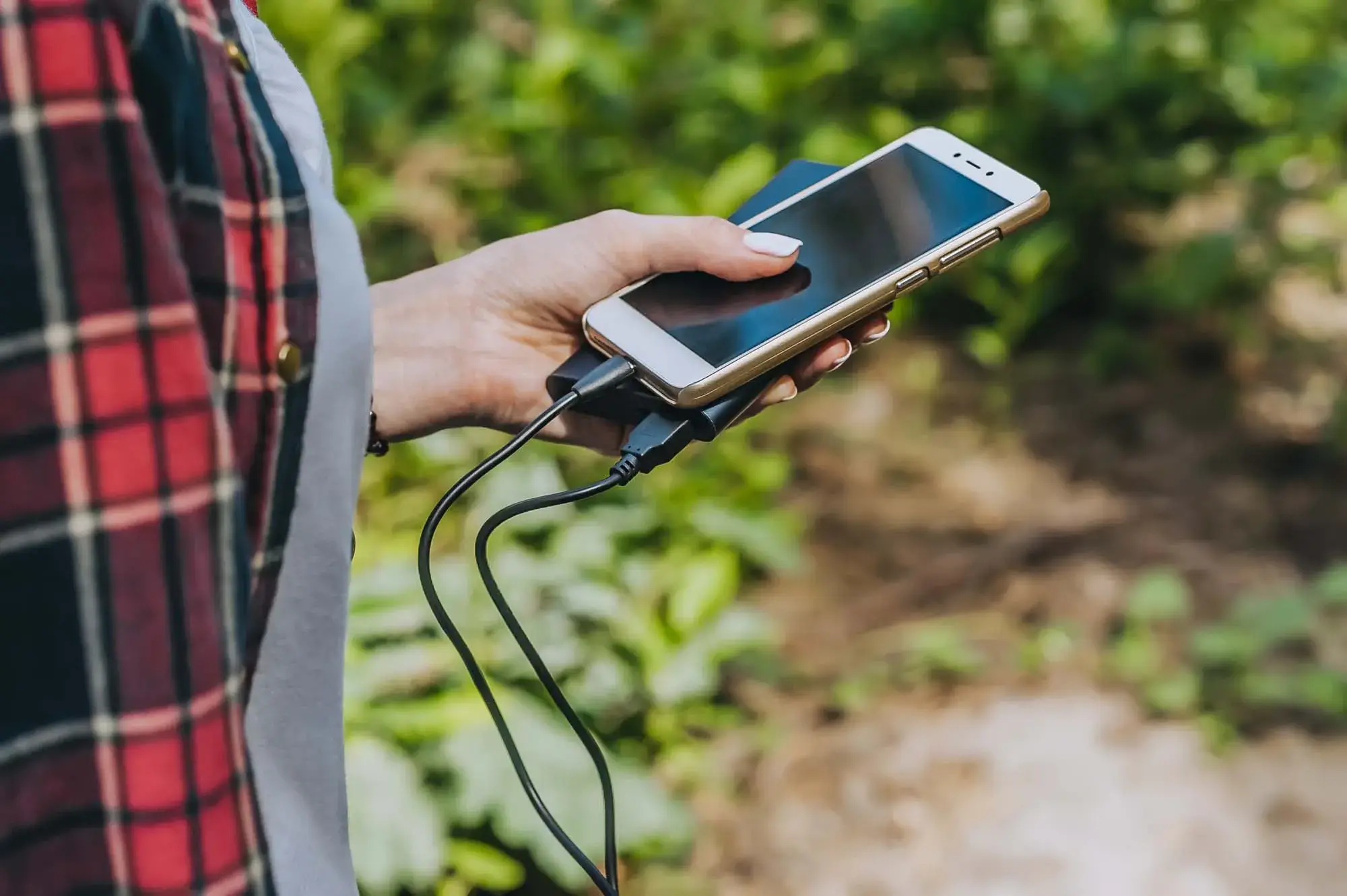
With the growing interest in healthy eating, organic products, and sustainable lifestyles, users of urban agricultural spaces face challenges in effectively utilizing small spaces and resources. To overcome these obstacles, smart devices and mobile apps are increasingly being used to automate and precisely manage growing conditions for plants. Synchronization of devices in urban agricultural spaces enables better control, greater efficiency, and sustainability, making these technologies a key tool for the future of urban farming.
Smart devices in urban agricultural spaces encompass a wide range of technologies, from sensors for moisture and temperature to cameras that monitor plant growth, and even systems for automatic irrigation and lighting. These devices collect real-time data, enabling users to efficiently monitor conditions in their agricultural spaces.
Moisture and Temperature Sensors
These sensors allow for the monitoring of soil moisture levels and surrounding temperature, which are crucial for proper irrigation and maintaining optimal growing conditions for plants. Moisture sensors provide accurate information about a plant’s water needs, preventing both overwatering and underwatering.
Cameras and Plant Growth Monitoring Systems
Cameras equipped with sensors can automatically detect changes in plant growth and identify potential problems, such as disease or pest infestations. Using cameras allows for real-time monitoring of plant growth, enabling quick detection and resolution of issues.
Automatic Irrigation Systems
Automatic irrigation systems connected to sensors optimize water usage. Based on soil moisture data, the system can activate irrigation only when necessary, reducing water waste and increasing efficiency.
Smart Lighting
In urban environments where natural light may be limited, smart lighting systems can simulate ideal conditions for plant growth. Systems with automatic adjustments to light intensity based on the time of day and plant needs help create an optimal environment for photosynthesis.
A key element in the successful management of urban agricultural spaces with smart devices is the synchronization of these devices with mobile apps. Synchronization allows for the automatic collection of data from various devices and its transfer to an app that manages the entire system.
Integration with IoT Technologies
The Internet of Things (IoT) enables smart devices to connect in one network, where each device can communicate with another device or app. For example, a moisture sensor can automatically send soil moisture data, which is then used to adjust the irrigation system. IoT facilitates real-time data collection and processing on a centralized platform.
Connecting Devices via Mobile Apps
Mobile apps allow users to link all devices within the agricultural space into a unified system. The app becomes the hub for monitoring and controlling all devices, from moisture sensors to irrigation systems and smart lighting. Through the app, users can track parameters such as temperature, humidity, pH levels, and other critical factors affecting plant growth.
Automation and Adaptability
One of the main advantages of syncing devices with apps is the ability to automate processes. For example, if a moisture sensor detects that the soil is too dry, the app can automatically activate the irrigation system without manual adjustments. The system can also be set to automatically adjust lighting conditions based on weather changes or seasons. This automation reduces the need for constant monitoring, making the management of agricultural spaces much easier.
Personalized Recommendations
Mobile apps can use data collected from devices to provide personalized advice to users. Based on the specific needs of the plants in the agricultural space, the app can recommend when and how to water the plants, how to adjust the light, or when to add nutrients to the soil. Personalized recommendations improve efficiency and enable precise management of plant needs.
Efficient Resource Use
Synchronized systems enable precise management of resources like water, light, and energy. For example, automatic irrigation, combined with moisture sensors, ensures that irrigation occurs only when necessary, reducing water consumption. Additionally, smart lighting can adjust light conditions based on actual plant needs, reducing energy consumption.
Time Savings and Stress Reduction
Automatic management of devices in urban agricultural spaces reduces the need for constant monitoring and manual adjustments. Users save time by not having to constantly track conditions in their space or perform routine tasks like watering or adjusting lighting. Stress reduction is also crucial, as apps provide notifications and reminders about plant needs, allowing users to take action before problems arise.
Increased Productivity
Synchronization of devices and apps enables the optimization of growing conditions, which increases productivity in urban agricultural spaces. Precise management of moisture, light, and nutrients creates optimal conditions for plants, improving their growth and health.
The synchronization of smart devices in urban agricultural spaces is a crucial step toward sustainable and efficient management. By using advanced technologies such as sensors, automatic irrigation, and lighting systems, along with mobile apps that enable their coordination, users can create optimal conditions for plant growth while minimizing resource consumption. These innovations not only make day-to-day management of agricultural spaces easier, but also increase productivity by reducing the need for manual labor and lowering stress levels. As technology continues to advance, synchronized smart systems will play an even more significant role in shaping sustainable urban communities.